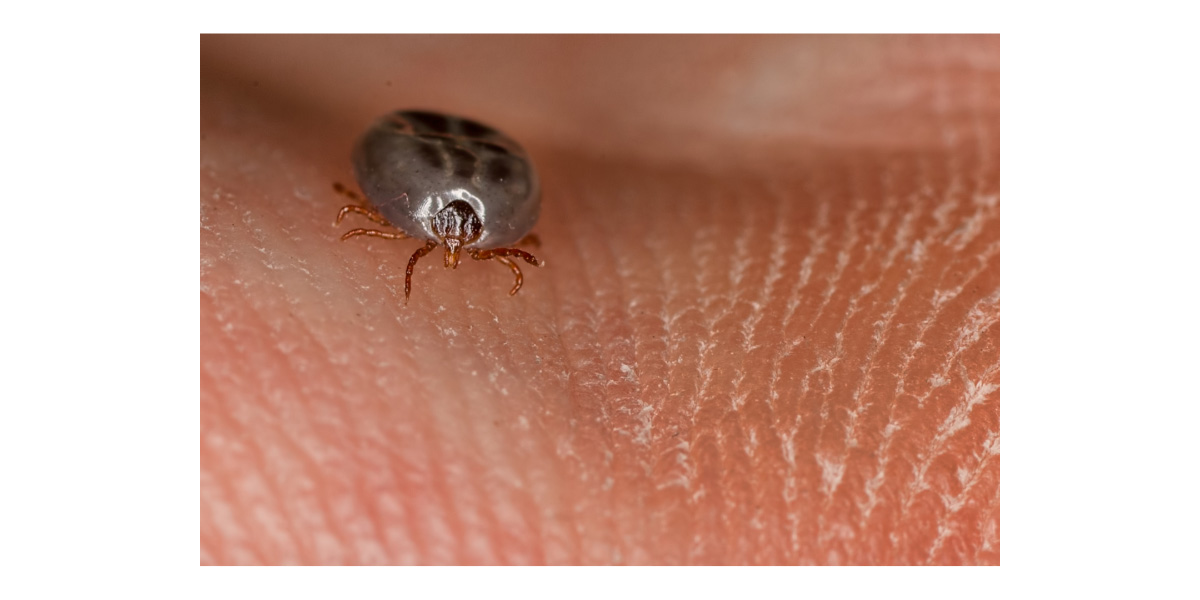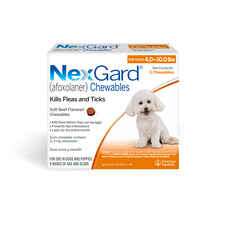Deer Ticks: How They Can Make Your Pets & Your Family Sick
Doctor of Veterinary Medicine

While efforts are made to answer all questions as quickly as possible, if an immediate answer is required or if your pet is in need of urgent or emergency care, contact your pet's veterinarian immediately.
Doctor of Veterinary Medicine

You will receive an answer from Dr. Lindsay and our vet/tech team as soon as possible, usually the same day.
All answers are provided for informational or educational purposes only, and are intended to be a supplement to, and not a substitute for, the expertise and professional judgment of your pet's veterinarian.
It may be necessary to consult your pet's veterinarian regarding the applicability of any opinions or recommendations with respect to your pet's symptoms or medical condition.
CloseDoctor of Veterinary Medicine

An error has occurred, please reload the page and try again.
CloseWhile efforts are made to answer all questions as quickly as possible, if an immediate answer is required or if your pet is in need of urgent or emergency care, contact your pet's veterinarian immediately.
There is no answer related to your question

Where there's deer, there are ticks.
The deer tick, also known as the Eastern black-legged tick, is one of the most common species of tick found in the United States.
Deer ticks are also the smallest tick species, about the size of a sesame seed when not engorged. They are active in the winter as long as temperatures are above freezing. Freezing temperatures don't kill them, rather, they only lie dormant until the weather warms up again.
These small, resilient arachnids are a serious danger to pets and their people.
Deer Ticks Carry Multiple Pathogens
When a deer tick bites their host, they latch onto the skin with their mouthparts. Chemicals in their saliva act as a glue to help them stay attached, and can also reduce sensation at the bite site to prevent pain and itching. That's why they can stay attached for so long without being noticed.
Ticks, on their own, are just blood-suckers, and their bite is not dangerous. However, they transmit harmful pathogens between hosts that can cause serious infections.
You've probably heard of Lyme disease, which most of the time, but not always, causes a large, bulls-eye shaped rash around the bite area. Those infected by Lyme disease will usually develop flu-like symptoms like fever, chills, fatigue, headaches, and muscle and joint pain. These symptoms can last a few weeks, a few months, and sometimes, a few years. In 10% of cases, the patient never fully recovers. Lyme disease can affect dogs and cats, too, though they're less likely than humans to experience symptoms.
Tickborne relapsing fever is also transmitted by deer ticks, and the symptoms are very similar to Lyme disease, though those affected are much less likely to develop a rash.
Anaplasmosis, also transmitted by deer ticks, has similar symptoms to Lyme disease, but in rare cases, the late stages of the disease can cause organ failure and death.
It's possible for your pets or family members to contract multiple infections from one tick. Fortunately, these infections are treatable if caught early, and can be prevented entirely by controlling ticks on your pets and around your property, and by taking precautions on walks and hikes.
What Should I Do If I Find A Deer Tick?
If you find a deer tick on the floor, on your body, or on your pet, and it is not attached or engorged, it's unlikely to have bitten or infected anyone. However, there may be additional ticks nearby that you cannot see, so you'll want to treat your home, your yard, and your pets.
If you find an engorged tick latched onto a pet or human family member, carefully remove it, kill it by dropping it in alcohol, and store it in your freezer. The tick's body can be tested for pathogens in the event that the host develops symptoms.
You should contact your veterinarian (or human doctor) right away, as they may want to test the tick or prescribe a pre-treatment to prevent your family member from developing an infection.
How To Keep Your Pets And Your Family Safe From Deer Ticks
If wild animals frequent your property, they're most certainly bringing ticks with them. Deer, raccoons, squirrels, mice, rabbits, and other woodland creatures tend to have ticks. Clear any brush, logs, and leaf piles where ticks may lurk. Treat your property with yard and premise spray.
Make sure your pets are on a flea and tick preventative year-round, or as recommended by your veterinarian. Even indoor cats should be on a flea and tick preventative. Ticks can hitch a ride into your home on your dog's fur or on your shoes or clothing.
Vet-Recommended Flea Prevention:
 Swipe
Swipe




























